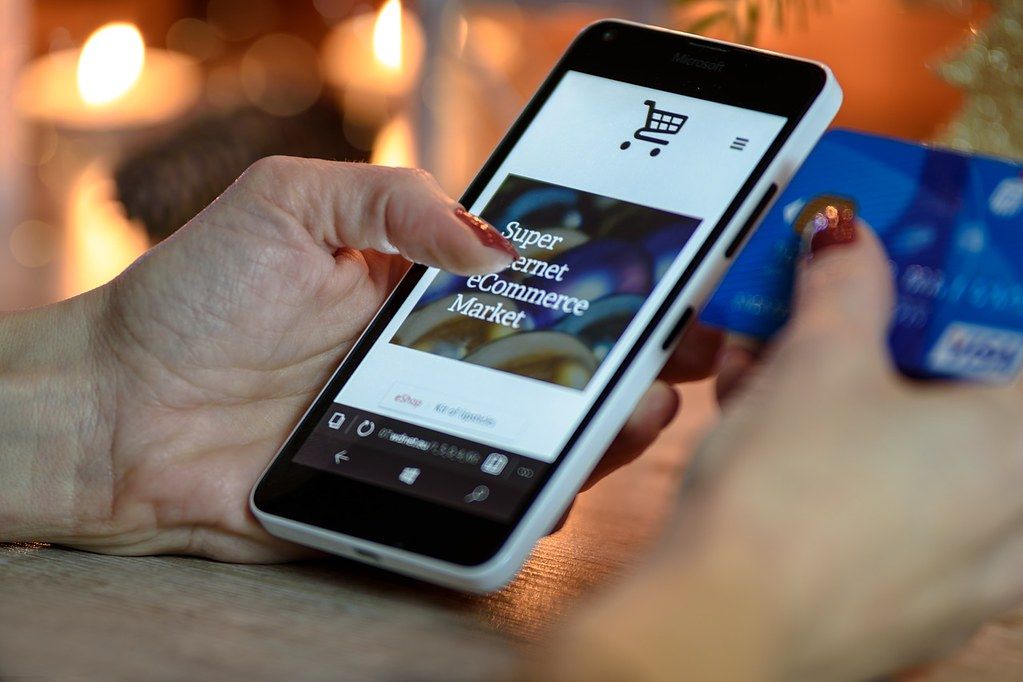
How Top Retailers Use Data to Reach Customers
A Global New Product Innovation Survey conducted by Nielson states that 59% of consumers “prefer to buy new products from brands familiar to them.” But for many retailers, building customer loyalty and standing out from competitors can be daunting. And it makes sense: From building customer profiles to developing corporate philosophies to generating personalized messaging, there is certainly a lot to do. Learn how these four popular retailers are using data to hone their messaging, connect with customers, and improve targeting to continually grow their brands (and increase sales in the process).
Tuft & Needle
Tuft & Needle began with frustration. Co-founder JT Marino bought a $3,300 mattress that he ended up hating and then couldn’t easily return. So, Tuft & Needle based their business on this experience, creating high-quality mattresses that are easy to ship and return (with some help from Google). In 2015, the brand created several mobile campaigns with the search giant throughout the year plus a video campaign on YouTube, says Ajay Kandala, digital marketing lead at Tuft & Needle. The results? Tuft & Needle’s sales increased by 150% on track to reach $100 million, up from $40 million in 2015. While Kandala can’t attribute all of Tuft & Needle’s sales growth to Google, he knows it was a large contributor.
On top of that, they focus on customer support. To better understand workflow and customer needs, Tuft & Needle uses a comprehensive tagging system in all their communications. These color-coded, customizable metadata tabs allow the team to better categorize and respond to priorities faster and allow whole teams to view relevant issues. Starting from a real place and streamlining communication automatically shapes your brand.
Tip: While you can ingest audience data into Google for campaign targeting, the type of engagement data you receive back won’t be nearly as detailed (or contextualized in terms of cross-channel engagement). In 2019, many companies are turning to data orchestration and CDPs to get a better sense of how to attribute where sales success is coming from.
Birdies
Birdies co-founders, Bianca Gates and Marisa Sharkey, wanted fashionable, comfortable slippers to wear while entertaining at home, but no such product existed. So, they created it themselves. Their success, though, really began with their philosophy toward outreach. As Sharkey states, “You’re not going to get a yes if you don’t ask.” They reached out to everyone they knew and had a solid circle of friends, family, and well-wishers that not only naturally and passionately spread the word of their business, but also got them in touch with business partners (such as their factory in China) that they might not have gotten on their own.
They were also not afraid to “cold send” their product to influencers. One of their pairs of slippers landed on the doorstep of a fashionista (and literal princess!) Meghan Markle, who shared them on Instagram with her millions of followers. Despite their meteoric rise, Gates and Sharkey keep a small, dedicated staff and use a number of apps to streamline their data. “Shopify to handle our sales, Xero to keep track of our inventory and financial position, and Shippo to help with the shipping.” Getting 3rd party help and finding ways to seamlessly aggregate the data allows Birdies to focus on what is important. Birdies shows that powerful brands can be easily created by creating your own niche and reaching out in natural and bold ways.
Tombow
Tombow, a crafts company that specializes in pens, has been around for a few decades now, but their brand has really only developed in the last few years. Their recent success has come from recent hires, like their PR manager Brittany Luiz, who uses her own genuine excitement about the brand to spread its core values. “We’ve been in the U.S. since the ’80s, but people on social didn’t know who we were,” Luiz says. “A lot of what I did was focus on educating our consumers. It worked out really nicely because I fall right into that category of people who are interested in the product.” Luiz uses the company’s social media platforms to share her calligraphy and art with the public and utilizes other brand ambassadors with a similar passion to spread the word. Because Tombow has so many products and so many people representing the brand, the challenge is to keep track of who is representing which product on what platform, and how their messaging tracks with the public. Tombow shows that honest engagement from passionate employees brings an audience to your brand.
Airbnb
Airbnb’s success is also attributed to its dependency on big data. As Riley Newman, the former head of data science at Airbnb explains, their business considers data the voice of the customer, and data science as the interpretation of that voice. With every search and transaction on their app and website, they collect data that improves their search functionality, determines their pricing, and points to areas of expansion. Airbnb also relies on data to help with its internal hiring practices. They use data aggregation tools to help human resources, and they need to, considering they receive 180,000 job applications for 900 jobs. In using data science they not only find the best candidates but pull from a more diverse pool, with a focus on bringing in more minority and female employees in their technical positions.
Conclusion
These four examples show that building a successful brand is not too complicated. Come from an honest place, don’t be afraid to reach out, and find ways to utilize data quickly and easily. Lineate builds platforms to help brands organize big data so that it turns into lots of little, more actionable customer insights. Reach out to us for a free evaluation with our SA team.
Share:
Got a project?
Harness the power of your data with the help of our tailored data-centric expertise.
Contact us